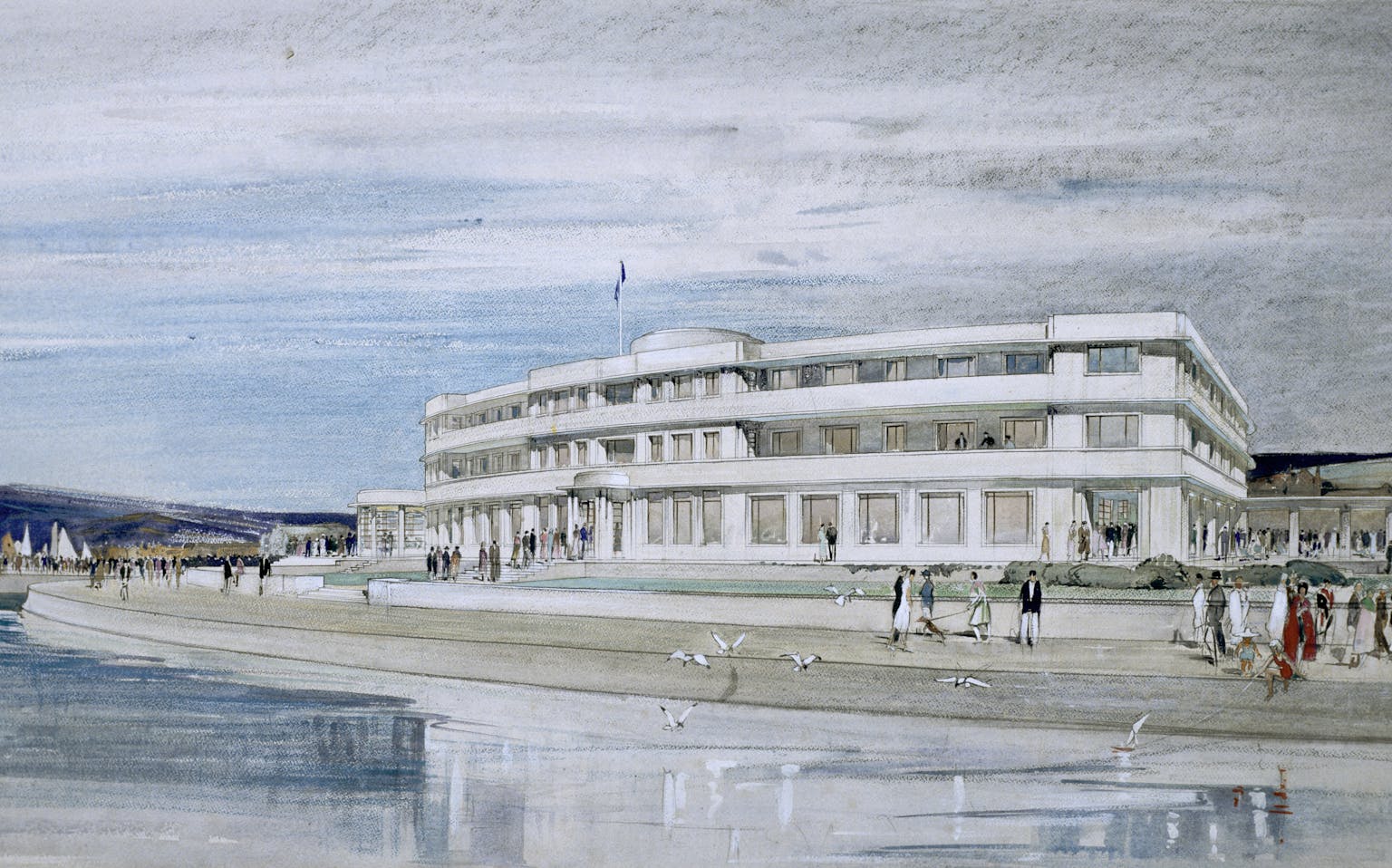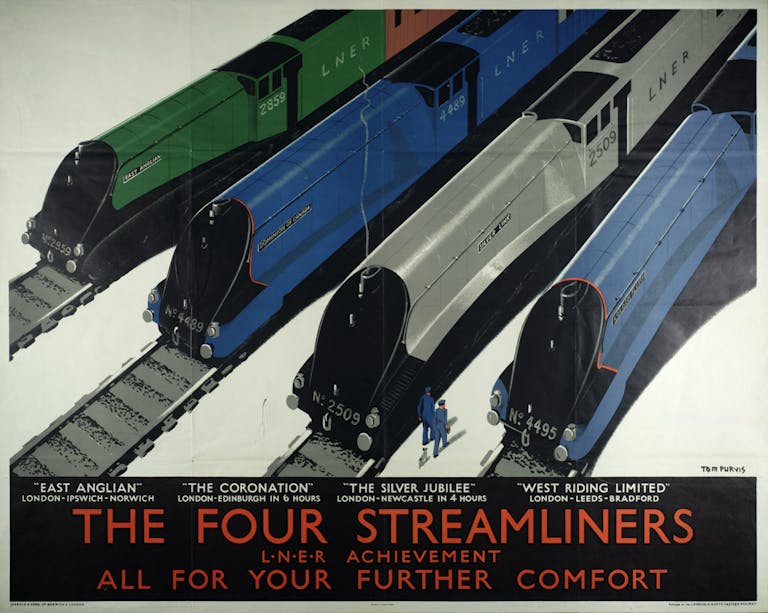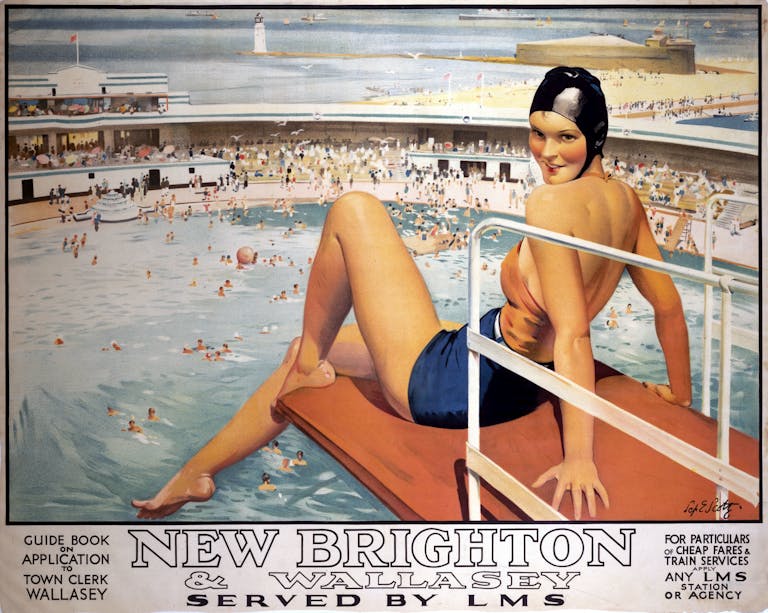Art Deco by the Sea: how Art Deco transformed seaside towns

From February to June 2020, the Sainsbury Centre for Visual Arts will present ‘Art Deco by the Sea’ a new exhibition exploring how Art Deco became the signature ‘seaside style.’
As part of our continued and long-standing cultural presence in the east of England, Purcell are delighted to be supporting and contributing to the exhibition. Purcell will be providing a range of literature in conjunction with the centre across the duration of the exhibition and event programme.
Art Deco by the Sea will focus on the culture surrounding the British coast between the First and Second World Wars, and how, during a new age of mass tourism, Art Deco transformed seaside towns, which is still reflected in the towns’ architecture and design today.
“At Purcell we have a long-standing history of working across buildings and estates in the cultural arena, and our strengths lie in both our national and international reach. The exhibition at the Sainsbury Centre explores how the Art Deco design movement transformed coastal resorts and symbolised a new culture across the UK. The exhibition and event programme is an exciting opportunity to explore how Art Deco informed the architectural landscape of seaside towns at the time - a prominent part of our built environment history in the 1920’s and 30s.” Janet Jury, Partner, Purcell
In the 1920’s and 30s, British culture took large leaps in change: outdoor activities became more accessible and fashionable. Art Deco is weaved throughout this cultural revolution, and is rooted in how coastal resorts were modernised, and how new resorts were established. This is reflected in the development of Art Deco-style hotels, cinemas and apartments (which catered for both the working and middle classes) and also the popularity of new entertainment infrastructure such as lidos and golf courses.
The exhibition also examines how the seaside became sites for innovation in crafts and manufacturing, and features companies such as Poole Pookery, and ECKO radios, who, at the time, were both known for their innovative designs which were exported across the globe.



